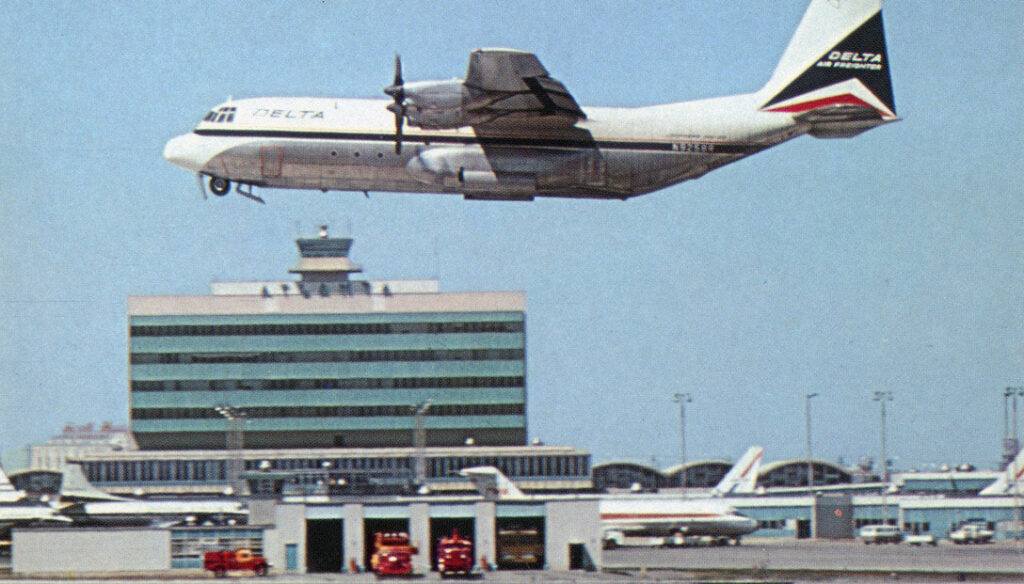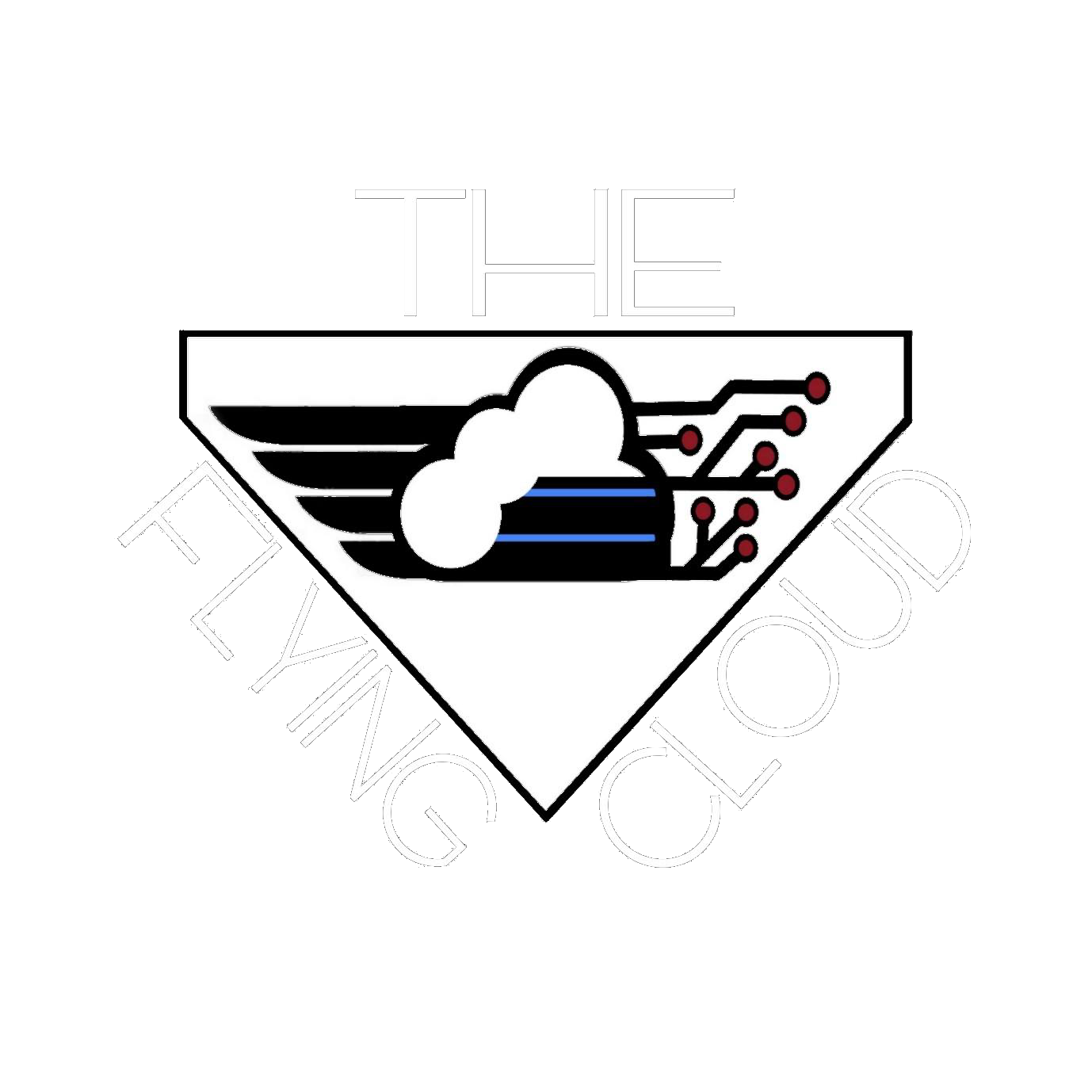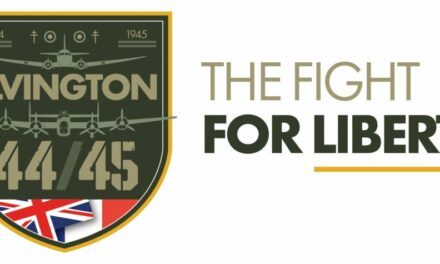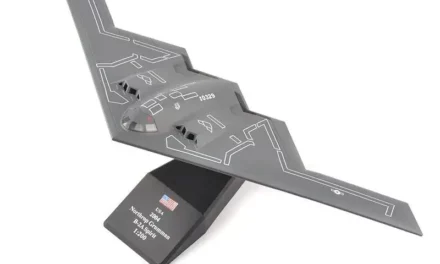The roots of Delta Air Lines trace back to 1924 when it began as a humble aerial crop dusting operation in rural Louisiana. Over the decades, Delta steadily expanded its operations, transforming into a pioneering force in the commercial aviation industry. From its early days as a regional carrier to its present status as a global airline, Delta’s commitment to excellence and customer service has remained unwavering.

However, it was in the latter half of the 20th century that Delta’s story intersected with the storied legacy of the C-130 Hercules. Originally designed by Lockheed Martin as a military transport aircraft, the C-130 Hercules earned widespread acclaim for its unparalleled versatility and rugged reliability. Its capabilities transcended conventional military applications, finding utility in various civilian roles, including firefighting, humanitarian aid, and commercial operations.
(adsbygoogle = window.adsbygoogle || []).push({});
In 1966 Delta Air Lines became the world’s first commercial operator of a Lockheed Hercules aircraft when it took delivery of three L-100-10 Hercules aircraft in a pure freighter configuration. In the late 60s, Delta Air Lines embarked on a strategic initiative to diversify its fleet and explore innovative solutions to meet evolving market demands. This led to the acquisition of several C-130 Hercules aircraft, marking a significant departure from the airline’s conventional passenger jet-centric approach. Delta’s decision to integrate the C-130 into its operations reflected its forward-thinking mindset and willingness to embrace unconventional solutions.
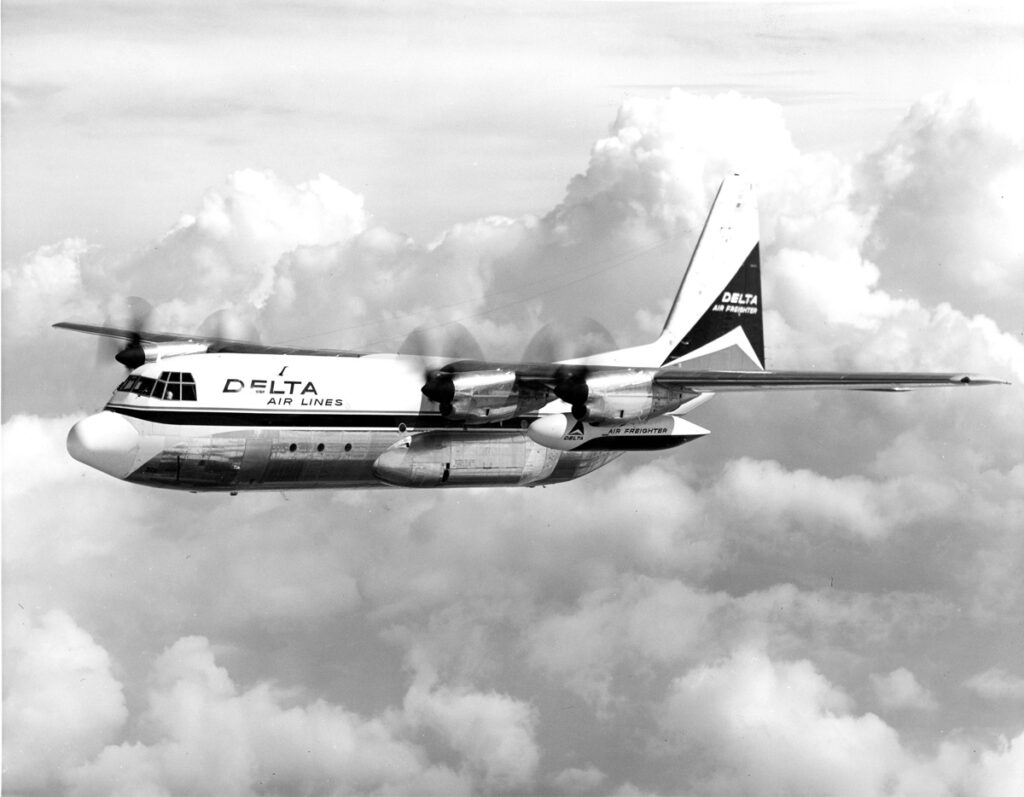
The C-130 Hercules brought a new dimension to Delta’s fleet, offering capabilities that complemented its existing portfolio of commercial airliners. With its short takeoff and landing (STOL) capabilities, the C-130 enabled Delta to access remote and underserved destinations, expanding its route network and enhancing its service offerings. From delivering vital supplies to remote communities to supporting disaster relief efforts, the C-130 played a pivotal role in Delta’s mission to connect people and communities worldwide. In 1968, Delta sent its Hercules aircraft to receive a modification to L-100-20 configuration, which included a stretch of 8.3 feet in the fuselage.
Moreover, Delta leveraged the C-130’s cargo capacity to transport specialized equipment and freight, further diversifying its revenue streams and bolstering its logistics capabilities. Whether transporting oversized cargo or facilitating humanitarian missions, the C-130 Hercules emerged as a versatile asset in Delta’s operational arsenal.
(adsbygoogle = window.adsbygoogle || []).push({});
Throughout its tenure with Delta, the C-130 Hercules demonstrated exceptional reliability and performance, earning the respect and admiration of airline personnel and passengers alike. While its primary role remained rooted in commercial operations, the C-130’s legacy with Delta underscored its adaptability and enduring value in a rapidly evolving industry.
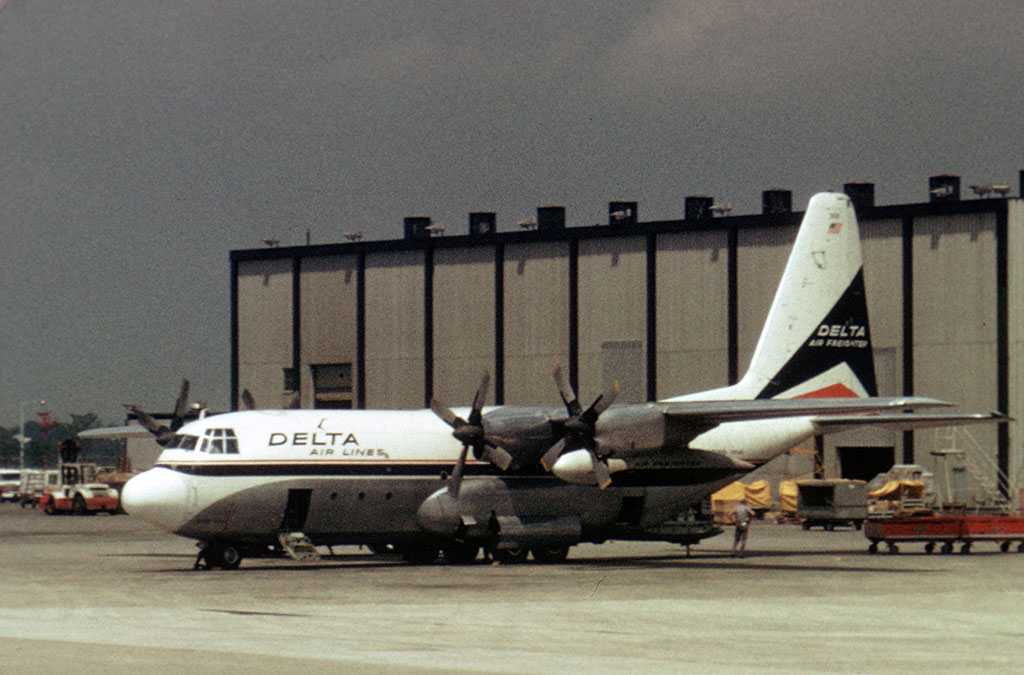
However, a change in the times saw new passenger airliners coming to the fore which could carry large amounts of cargo, even bulky freight, in their bellies under the feet of passengers. The need for dedicated freighters didn’t exist anymore once the Boeing 747, Douglas DC-10, and Lockheed TriStar joined Delta’s fleet.
As reported by AircraftSpotting, Delta’s Hercules aircraft were all sold on in 1973 and 1974.
The aircraft all went on to other operators, surviving into the 1990s. The fleet comprised:
N9258R (msn 4170), sold to Pacific Western Airlines in 1973.
N9259R (msn 4176), sold to Alaska International Air in 1973.
N9262R (msn 4248), sold to Alaska International Air in 1972.
N9268R (msn 4147), sold to Saturn Airways in 1973.
In conclusion, the intertwined history of Delta Air Lines and the C-130 Hercules stands as a testament to the transformative power of innovation and collaboration. As Delta looks toward the future, its enduring partnership with the C-130 serves as a reminder of the airline’s pioneering spirit and its ongoing quest to redefine the possibilities of commercial aviation.
